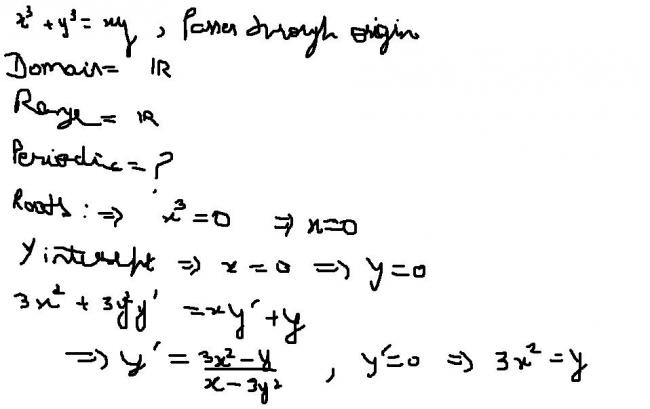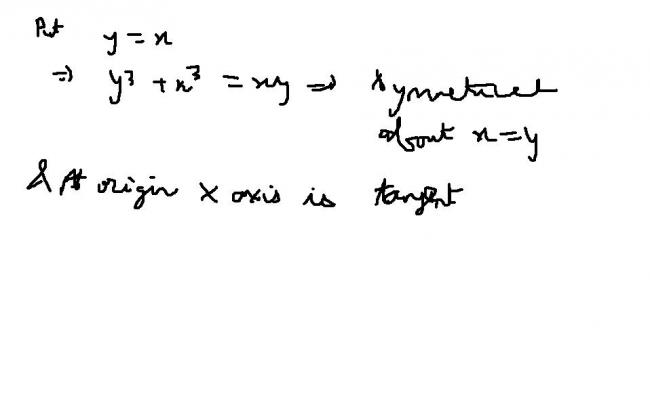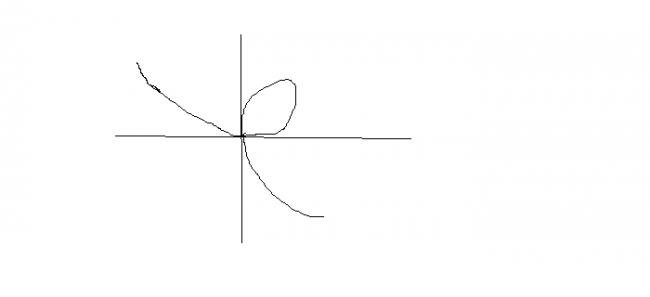

Another point:::Asymptote is form of y=mx+c......trying to get it......
18 Answers
eureka123
·2009-03-11 00:26:08
palani ...............
·2009-03-10 23:56:33
found in ebookee.com
calculus 5th edition
by
james stewart
i dont know anythin abt this book
tapanmast Vora
·2009-03-01 08:42:03
that one was an explicit func. this un's not....
ther to u can apply limit x-->∞ and get x=1; y=1;
but wat bout here??
tapanmast Vora
·2009-03-01 08:32:22
sir kuch hint do.....
it is implicit so aur diff!! [2]
symm abt x=y;
passin thru orig

